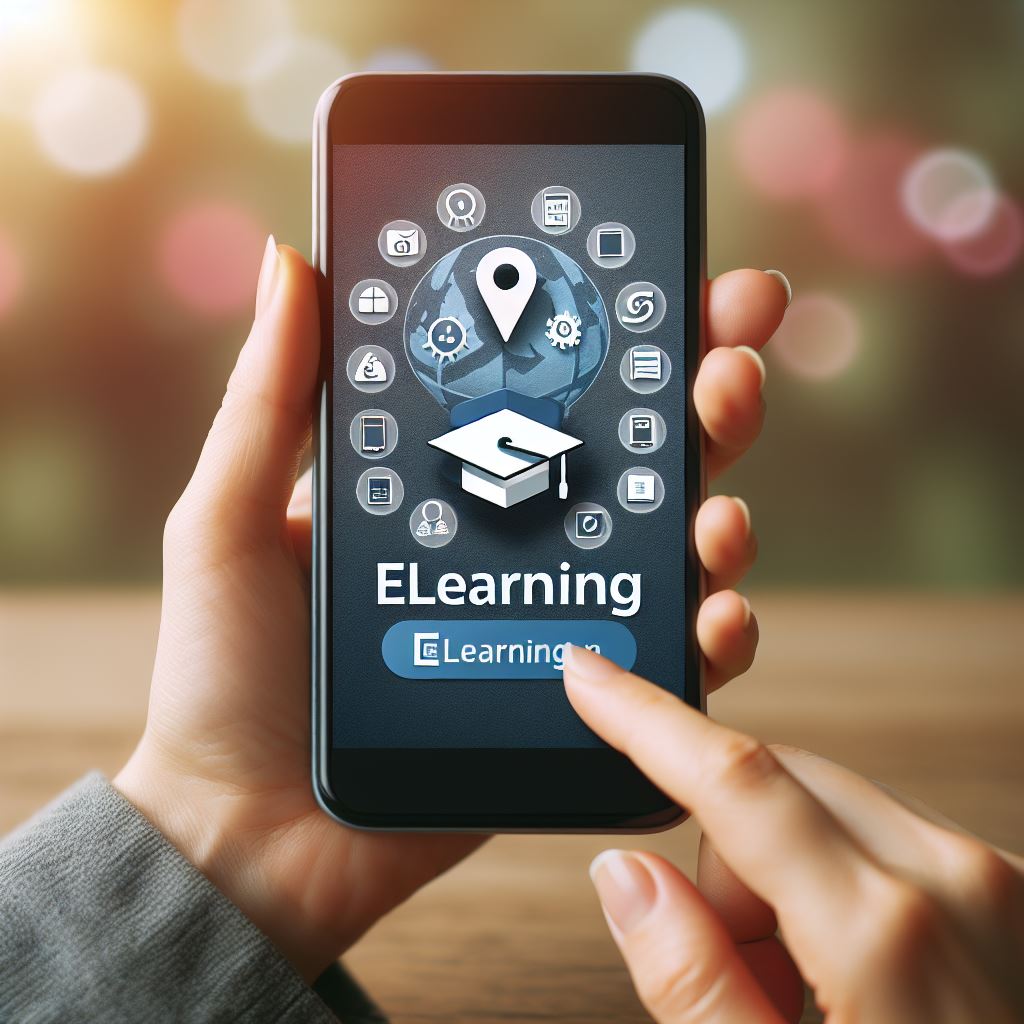Learning on the Go: An Advantage you can’t ignore
” …‘mobile sets Learning Free’ … we can now learn virtually anything, anywhere and anytime.” (Attribution uncertain)
Learning on the Go:
Do you remember a time before the word ‘google’ became a verb? (As in, ‘Did you google it?’) Those of us who remember using libraries, reference books, and manuals can truly appreciate how amazing it is to look up anything, anytime, and find the information we need. We can learn how to cook a great curry, how to programme AI, when to plant grape vines, or how to fix a dishwasher, all with the press of a button or a swipe of a finger. Smart devices and constant internet access mean we can do this whether we’re travelling, at the beach, down a mine, or standing in a queue. It’s all about learning on the go.
Mobile learning – the platform of choice:
As mobile devices become essential in everyday life, they are also changing the way we learn. Mobile learning is not just a passing trend—it is quickly becoming the preferred method for modern education. This is especially true for adults who want to decide what, how, and when they learn. They want only what they need to solve a problem or achieve a specific goal.
In a previous article: ‘Going Mobile in Africa’ , we looked at how mobile learning is transforming education and employee training across Africa. It offers a great solution for businesses looking for affordable, accessible, and effective ways to improve their staff’s skills without affecting productivity. Key benefits include the ability to learn offline, the flexibility to study anytime and anywhere, and meeting the needs of tech-savvy millennial employees.
Why pivot to mobile learning?

What are the benefits of mobile learning in formal education? For many educators, the two main goals are, first, providing learning opportunities for anyone who wants to learn, and second, offering content that most learners can easily understand and absorb.
Access to convenient, personalised, and interactive content is valuable for both educators and learners. Teachers can offer short, targeted lessons at the moment they are needed. Learners can get exactly the information they need, wherever they are. If our goal is to make education available to everyone, mobile learning makes it possible for even the most disadvantaged to access it. If you have a reasonably smart phone and some data, you can learn.
To engage tech-savvy audiences who prefer simple, direct content, learning materials need to be short, interesting, and visually engaging. Mobile learning meets these needs by providing bite-sized, multimedia-rich lessons that fit with modern habits. By cutting out unnecessary details and focusing on the essentials, educators can keep learners motivated and focused. This is something you simply can’t achieve with traditional paper-based learning.
Mobile learning features:
Some studies suggest that attention spans are getting shorter, partly because of the instant nature of social media, streaming services, and search engines. It’s clear that traditional long-form content is becoming less suitable for how people now take in information. However, shorter attention spans don’t have to be seen as a limitation; instead, they can be viewed as a signal for education to adapt and evolve.
This means we can’t overlook the importance of engagement for effective learning. Mobile devices allow us to use content with built-in features like gamification, social learning tools, geo-location, and push notifications, all of which help create engaging learning experiences.
Micro-learning breaks content into small, focused pieces, making it easier for learners to understand and remember, especially when dealing with complex topics.
Gamification features like leaderboards, progress tracking, and interactive activities (e.g., H5P) help boost motivation and engagement.Social learning allows learners to connect with their peers through forums and collaboration tools, creating a sense of community.
Contextual learning ensures content is relevant to the learner’s environment, often using geo-location features to offer location-specific information or customisations. For example, a learner in the Western Cape might receive training on grapevine cultivation, while one in Limpopo could focus on mango farming techniques.
It can also help connect learners from similar regions to share insights and challenges, allowing them to work together on regional solutions.
Push notifications keep learners engaged by sending content and reminders directly to their devices, helping them stay on track with their learning goals.
All these features make ‘anytime, anywhere learning’ a reality.
Why Bite-Sized?
The best mobile learning is bite sized. If your YouTube habits are anything like ours, you probably choose the shortest how-to video first. If it doesn’t give you enough detail, you find the next one. Bite-sized content fits how people naturally absorb and remember information today. Short, focused topics prevent learners from feeling overwhelmed and reduce unnecessary cognitive load. This approach helps improve understanding and memory retention. The concise format fits seamlessly into busy schedules, allowing learners to engage during short breaks, commutes, or whenever they have a moment to spare. It’s flexible, dispensing knowledge on demand, addressing immediate needs without disrupting a learner’s day.
Does the short format mean it’s only suitable for micro-credentials or non-formal learning? No. It’s entirely possible to break longer learning modules into smaller, bite-sized sections, allowing learners to tackle complex content bit by bit. Each small section can be absorbed and understood before moving on to the next one. This approach makes even larger topics more manageable.
Conclusion
Mobile learning sets education free, making it accessible, engaging, and adaptable to modern life. Whether it’s a quick tutorial or a comprehensive course broken into digestible chunks, mobile learning empowers you to learn whenever, wherever, and however you need to. The future of education is mobile, and it’s already in your hands…
We’ve been working with on the go learning since it became a reality here in South Africa and we have years of experience in designing and delivering engaging, mobile-friendly learning solutions. We have pioneered innovative ways of using QR codes for accessing online content. We’ve also developed expertise in turning long, text-based content into accessible, effective, and future-proof learning that will stand the test of time. Whether you’re looking to move existing material online or create a fully mobile learning programme from scratch, we are here to guide you every step of the way. Watch our webinar on ‘Learning on the Go’ or give us a call – we would love to hear from you.

Dennis Lamberti
Head of Content Development
As a founding member of Media Works, a company that helped educate over 1.5 million adults in South Africa, Dennis has honed his expertise in developing learning programmes for nearly 30 years . His focus is now on learning pedagogy and cognitive load balancing.
